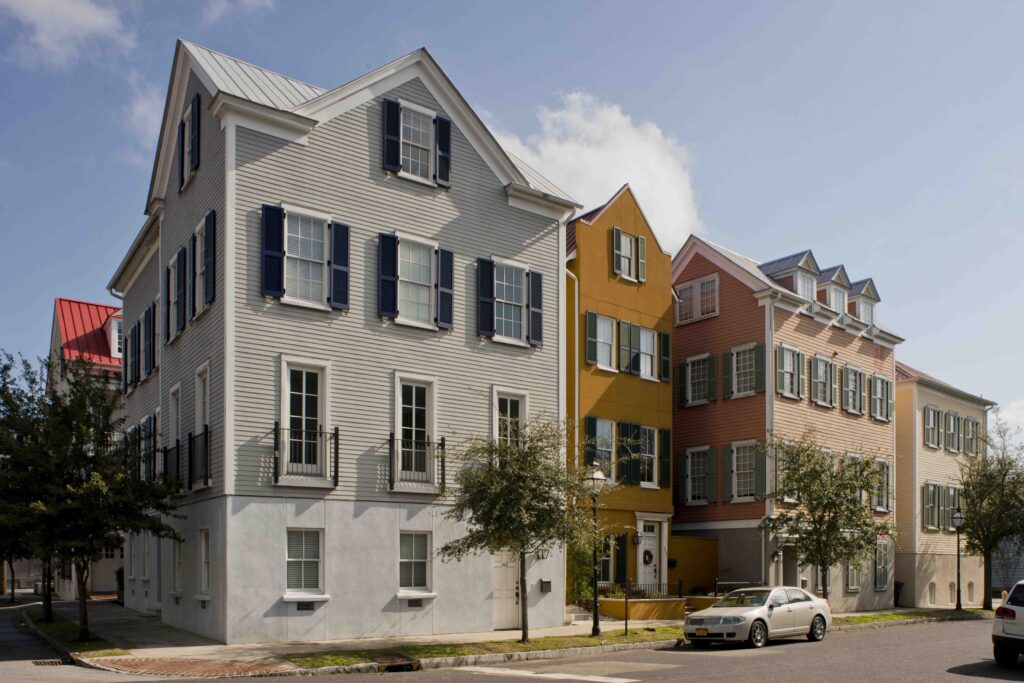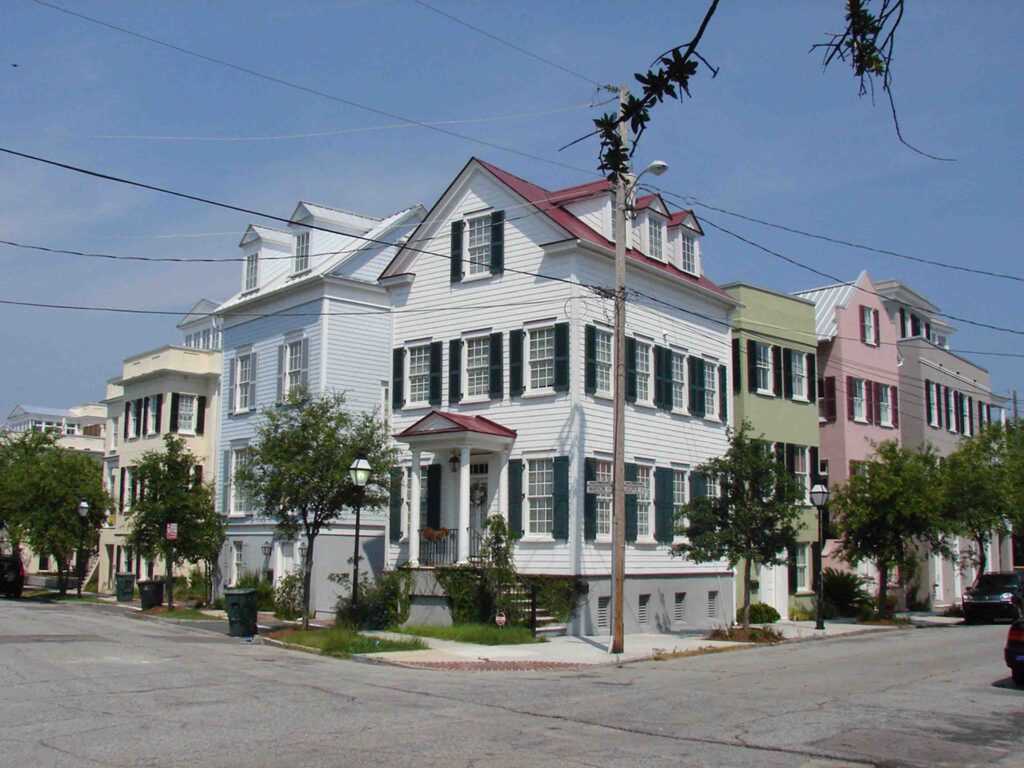
Multi-family housing has emerged as a cornerstone of the New Urbanism movement. This approach to urban planning promotes walkable and community-oriented environments, offering a stark contrast to sprawling suburbs.
This trend presents many opportunities for small-scale developers to contribute to sustainable communities while capitalizing on the economic benefits.
Embracing the Shift Towards Multi-Family Housing in New Urbanism
One of the critical advantages of New Urbanism is that it blends residential, commercial, and retail spaces all within the same multi-family development. This approach fosters a strong sense of community, making it easier for residents to connect and engage with their local environment.
Multi-family housing—apartments, townhouses, and condominiums—efficiently uses land and resources, making it ideal for compact and connected communities that reflect New Urbanism principles. As cities grow and the push towards reducing urban sprawl intensifies, the demand for housing that offers the convenience of proximity to amenities and workplaces is surging.
A Real-Life Success Story: Morris Square
Morris Square in Charleston is a prime example of how small-scale developers can successfully implement New Urbanism. Allison Ramsey Architects played a crucial role in this vibrant, mixed-use community, designing everything from single-family homes to large mixed-use buildings alongside townhouses, a duplex, and a quadruplex. This development blends beautifully with Charleston’s historic aesthetic and has become an intrinsic part of the community’s character.

Benefits for Small-Scale Developers
Multifamily housing is experiencing a surge in demand across the United States. Recent studies by the National Multifamily Housing Council and the National Apartment Association reveal a pressing need: approximately 4.3 million new housing units are required by 2035. This urgent demand presents a prime opportunity for small-scale developers to meet the growing need for multifamily developments.
Here’s a deeper look at how small-scale developers can leverage these trends to their advantage:
Economic Efficiency
Multi-family developments offer a clear advantage over single-family homes: they typically require less land per housing unit. This can result in significant savings in land acquisition costs. As urban centers gain popularity and demand rises, property values in these areas also increase, presenting a lucrative opportunity for developers.
Community Engagement and Loyalty
Developers have a unique opportunity to foster a strong sense of community by creating communal spaces and amenities that promote socialization and convenience, such as community gardens and event spaces. By doing so, they can significantly improve the quality of life for residents and make a property more desirable, thereby helping to maintain high occupancy rates and stabilize rental income.
Strategic Moves for Small-Scale Developers
To tap into the multi-family housing market within New Urbanism, small-scale developers should consider the following strategies:
Location Selection: Prioritize locations near city centers or bustling urban commercial districts. These areas typically have existing or planned infrastructures, such as public transport and essential amenities, which attract potential residents.
Design with Community in Mind: Create developments that encourage community interaction. Features like rooftop gardens, shared lounges, and fitness centers can significantly enhance a property’s appeal and foster a communal atmosphere.
Adopt Flexible Design: Build units that are versatile in size and layout to cater to a broad audience. Adaptable spaces can attract diverse tenants, from singles and young professionals to small families.
By integrating multi-family units into urban neighborhoods, small-scale developers can provide affordable, versatile housing options that appeal to diverse demographics, from young professionals to smaller families and retirees.

Embracing the Shift Towards Multi-Family Housing
For small-scale developers, the growing focus on multi-family housing within New Urbanism represents more than a passing trend. It marks a significant transformation in the way cities are planned and lived in. As urban living continues to evolve, adapting to these changes offers a solid foundation for lasting success in the real estate development industry.
At Allison Ramsey Architects, we’re committed to creating sustainable designs to make your development stand out in a crowded market. Let’s work together to make your vision a reality, creating multi-family developments that resonate with the community and stand the test of time.

